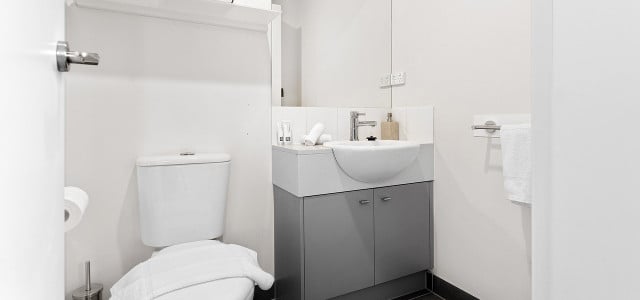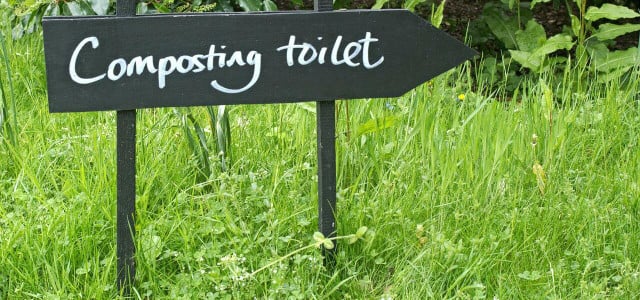Does the phrase "if it's yellow, let it mellow; if it's brown flush it down" really help to save water? We'll investigate the environmental impact of flushing the toilet.
We’ve all heard the slogan, “if it’s yellow, let it mellow; if it’s brown, flush it down,” but what does it mean? The idea is, if you use the toilet for urinating only, don’t flush it, as a high amount of water is consumed in the process. Rather, leave the urine in the bowl until somebody needs to use the toilet for a number two and then let them flush all of its contents away.
But if we “let it mellow,” are there any risks to our health? Is it hygienic? This article will look at the environmental benefits of not flushing every time and whether there are any negative impacts on our health.
How Much Water Does Flushing Use?
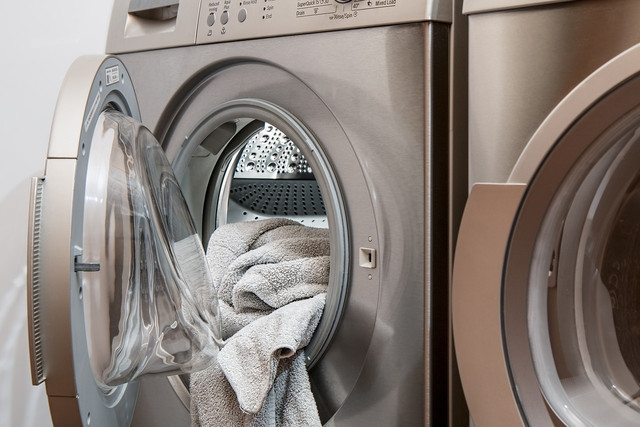


(Foto: CC0 / Pixabay / stevepb)
According to a 2016 study, using a washing machine accounts for around seventeen percent of daily water usage, compared to a whopping twenty-four percent for toilet flushing, in the average American household.
The amount of water used for flushing not only depends on frequency but also on the age of the toilet — newer toilets tend to use less water. In fact, in 1994, the energy policy act made it law for new toilets to have a maximum flush volume of 1.6 gallons of water. But, considering that the average American uses the toilet around five times a day, that makes for a whole lot of water going down the drain.
If I Let it Mellow, Is It Hygienic?
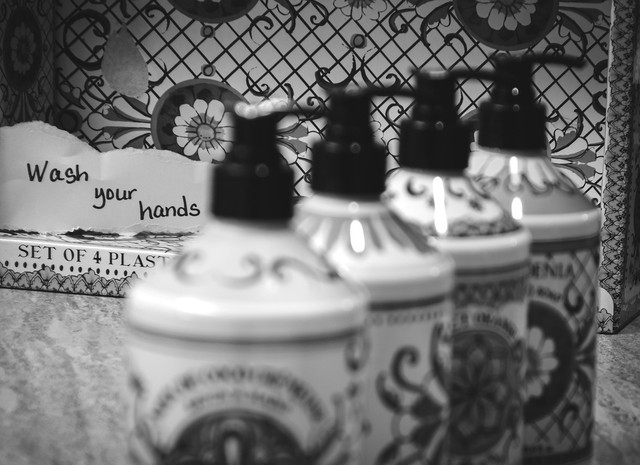


(Foto: CC0 / Pixabay / juren7981)
Okay, so I will let it mellow, but is this going to damage my health? In fact, the opposite may be more damaging. According to research, if you flush with the toilet lid open, it actually spreads more germs around the bathroom than letting it mellow. These bacteria may remain in the air for over an hour after the toilet is flushed. Leaving the pee to sit in the toilet bowl may actually help prevent harmful bacteria from being ejected into the bathroom atmosphere.
Healthy urine should be light in color and shouldn’t smell too strong — so leaving it in the toilet shouldn’t cause any issues. If you’re really averse to the smell of letting it mellow, keep the toilet lid down between uses or use a toilet spray such as Hemlock Park Bathroom & Toilet spray (available on Amazon**) to keep the odor at bay.
In summary, letting it mellow is not only good for the environment, but it can also be better for your health. Just remember to keep the toilet seat down when the time comes to flush!
Other Ways to Save Flushing Water
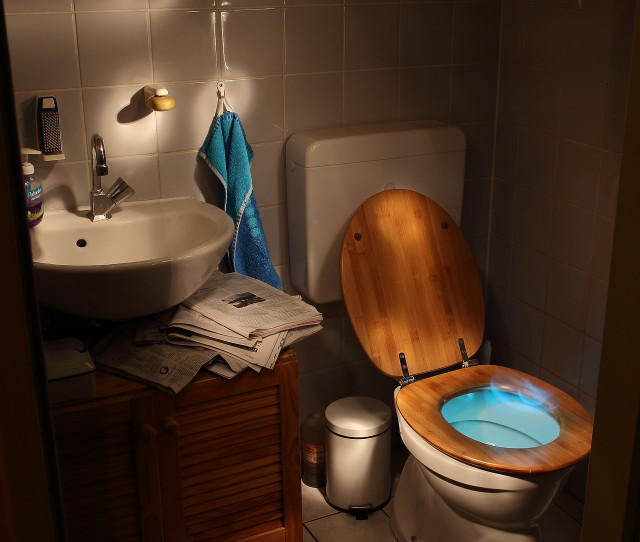


(Foto: CC0 / Pixabay / philEOS)
If you’re still averse to the idea of mellowing, how else can we make our toilets more efficient (besides having a post-1994 toilet)? First, check for any leaks. To do this, do the dye test by placing a drop of food coloring in the toilet cistern. If the water in the toilet bowl changes color within fifteen minutes, it means there is a leak. Be sure to flush immediately after this to avoid staining.
Another way to reduce your toilet’s water consumption is to fill a half-gallon plastic jug with pebbles and water, seal it, and place it in the toilet cistern. This can decrease the amount of water that refills the cistern by about half a gallon.
Read more:
- Bidet vs. Toilet Paper: Health, Hygiene, and Environment
- Eco-Friendly Toilet Paper Pros and Cons
- Using Washcloths as an Alternative to Toilet Paper?
Do you like this post?






